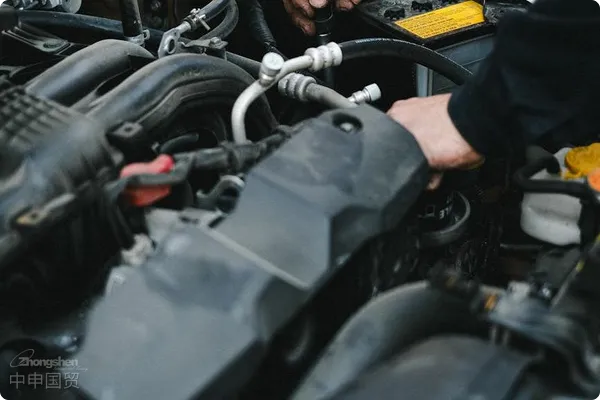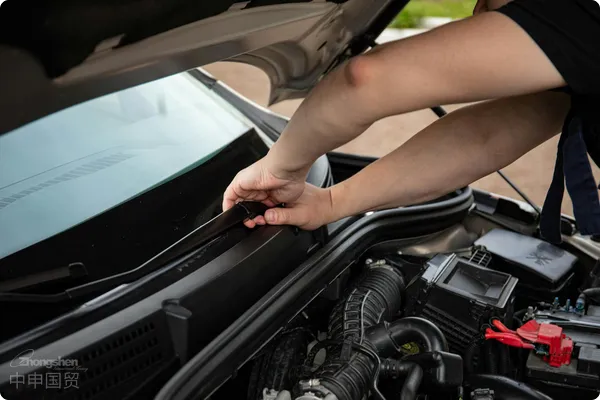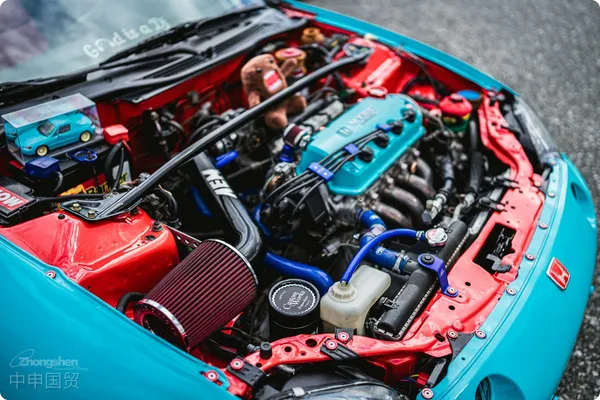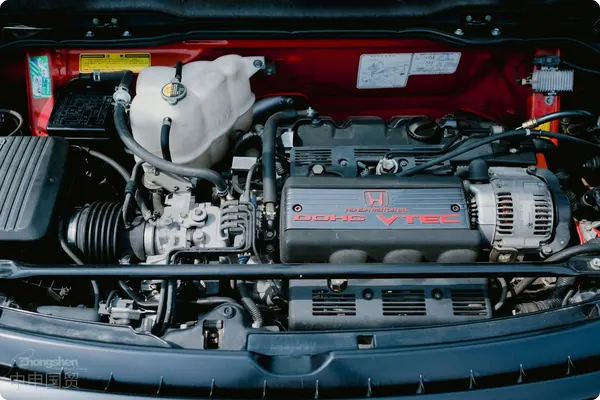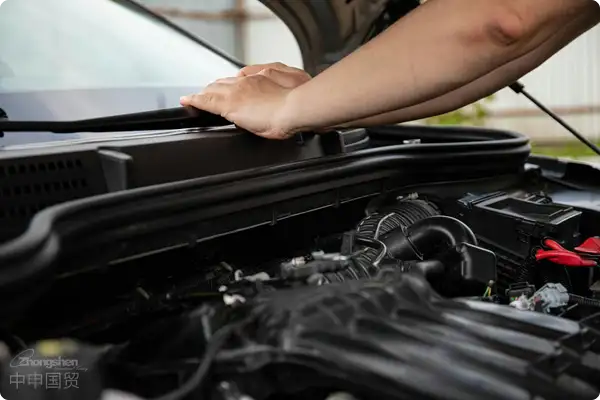- Shanghai Zhongshen International Trade Co., Ltd. - Two decades of trade agency expertise.
- Service Hotline: 139 1787 2118
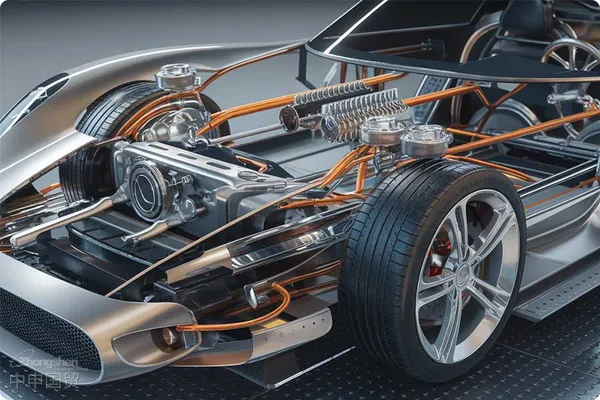
--Practical Analysis from a 20-Year Industry Veteran Account Manager
I. Industry Status: ImportAutomotive partsMarket Opportunities and Challenges
With Chinas car ownership exceeding 340 million units (as of 2023) andNew energyvehicle penetration rate surpassing 35%, aftermarket demand continues to expand. However, brand parts imports face three core pain points:
Internationally - recognized Safety StandardsComplex market access barriers: Involve3CCertification, environmental standards (e.g. GB/T 27630 in-vehicle air quality) and intellectual property filing
Regional Mandatory CertificationsFrequent supply chain fluctuations:International LogisticsCosts increased by 120% compared to pre-pandemic levels, with shipping schedule reliability below 50%
Cultural and Religious NormsEscalating compliance risks: Customs seized 67% more counterfeit auto parts cases in 2023 year-on-year
II.Import RepresentationSix Core Value Propositions of Services
Professional agencies can create 20%-35% hidden cost optimization for clients:
| Service modules | Key Value Points | Typical Scenario Cases |
|---|---|---|
| Pre-clearance Review | Avoiding Return Shipment Risks | A German turbocharger was intercepted due to missing energy efficiency labels, preventing $85,000 in losses |
| HS code classification dispute resolution | Tariff Cost Savings | A Japanese suspension component optimized tariff classification, reducing duty from 8% to 6% |
| Supply chain finance | Working capital optimization | ApplyL/C+ Warehouse receipt financing released $2M working capital for importer |
III. End-to-End Risk Control Map (EU Parts Import Example)
Internationally - recognized Safety StandardsProduct Compliance Phase
- EMC Testing (ECE R10)
- REACH Regulation SVHC Substance Control (requires SDS + test reports)
- OEM Authorization Chain Audit: Complete authorization traceability from Tier1 suppliers to brand owner
Regional Mandatory CertificationsLogistics and transportation stage
- Hazardous Parts: UN38.3 certification + IMDG CODE packaging standards (e.g. NEV battery modules)
- Precision Instrument Transport: ISO 13355 vibration test + temperature-controlled container monitoring
Cultural and Religious NormsCustoms clearance and delivery phase
- Customs Valuation Dispute Resolution: Transfer pricing documentation + royalty fee declaration strategy
- IP Protection: Customs record verification + parallel import legality analysis (referencing Supreme Court 2022典型案例)
IV. Case Study: Luxury Brand Aftermarket Parts Import Crisis
Adopted the partial shipment + overseas - warehouse transfer mode to meet the customers demand for partial pick - up in advance.: In 2022, $1.2M carbon fiber components imported by agent were detained at port due to three violations:
① Declared value lower than actual royalty payments
② Packaging lacked Chinese warning labels
③ It is recommended to verify through the following methods:Certificate issuing authority qualifications questionable
72-Hour Response Plan:
- Submitted advance deposit (30% of value) for prior release
- Provided brand owners Royalty Fee calculation and payment proof
- Re-certified COO through EU Chamber of Commerce
- Local compliance: Engaged CCC-certified factory to affix Chinese labels
AchievementsGoods to be released within 5 working days, avoiding $350,000 in port demurrage losses, and establishing a long-term cross-border tax planning mechanism. ConclusionUnder the New Four Modernizations transformation in the automotive industry, professional import agents have evolved from traditional customs clearance service providers to strategic supply chain partners. Selecting service providers with deep industry knowledge (such as OEM supporting system analysis capabilities), risk handling experience (having processed at least 200+ complex cases), and digital infrastructure will become key for enterprises to gain initiative in import operations.
Related Recommendations
? 2025. All Rights Reserved. Shanghai ICP No. 2023007705-2  PSB Record: Shanghai No.31011502009912
PSB Record: Shanghai No.31011502009912
